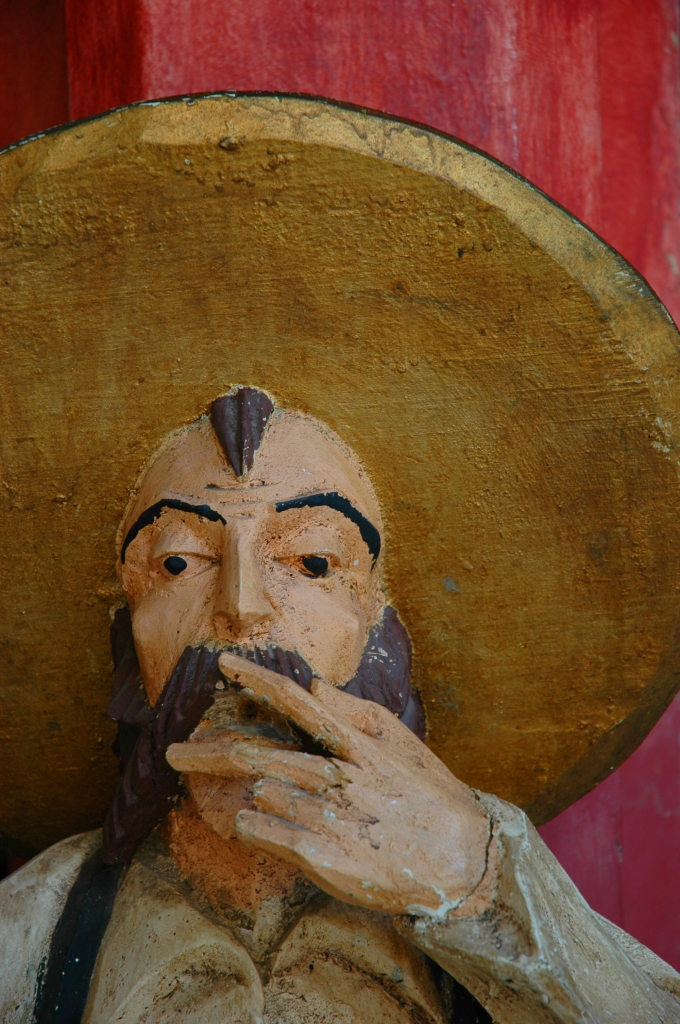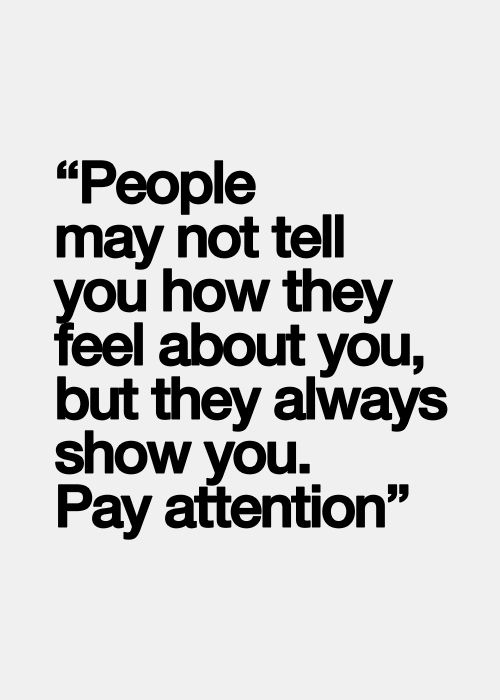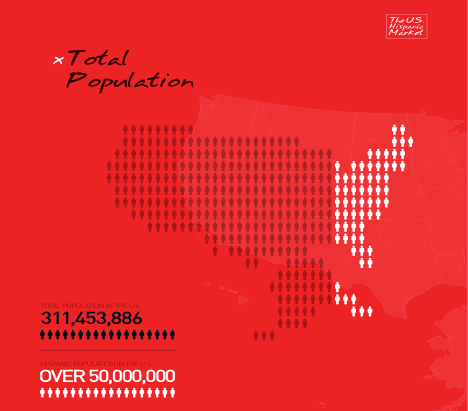Body language: the meaning of gestures in Mexico
Body language is an important part of the communication process. Noticing the signals that people send out with their body language is a very useful social skill. All who specialize in research, grassroots marketing, community outreach, event marketing understand that body language is a key body of knowledge to have.
This is the first of a Hispanic culture series on body language and gestures in Latin American countries.
The meaning of gestures in Mexico
- A warm, somewhat soft handshake is the customary greeting among both men and women. Men should let the woman make the first move toward handshaking. After the second or third meeting, Mexican men may begin with or add the abrazo, the embrace along with a few pats on the back. Women friends will embrace lightly and pretend to kiss a cheek.
- In some areas of Mexico, you may encounter an unusual addition to the handshake where, after gripping the palm, the two people slide their hands upward to grasp each other’s thumbs.
- Many Mexicans are ‘touch oriented.’ This means they may linger over a handshake, they may touch the forearm or elbow, or they may even casually finger the lapel of the other person’s suit. All these touches merely signify a willingness to be friendly nothing more.
- If a man stands with his hands on his hips, it suggests hostility.
- Deference is shown to the elderly, so give way to them in public and don’t object if they are waited on first.
- Never visit churches or religious sites while wearing shorts, tank tops, or cut-off shirts or shorts.
- The national drink in Mexico is tequila. To drink it properly, here is the procedure: place a pinch of salt in the depression of your left hand between thumb and forefinger; then lick the salt and quickly take a drink of tequila; follow this by sucking on a lime wedge.
- You can call attention to yourself or call a waiter by lifting your hand above your head or maybe a bit lower with the index finger extended upwards and adding a “Pssst!” or “Pshhh!” sound. This is not considered rude and it also applies to other cultures such as Haiti, Argentina, and Spain.
- Patience is important; avoid showing anger if and when you encounter delays or interruptions.










good articles
Informative post, just what I was looking for.
thank you for share!
“If a man stands with his hands on his hips, it suggests hostility.” is one of many good examples of stereotyping. Not necessarily true.
Ok Carla. If a woman stands with her hands on her hips, it suggests hostility. Better now? I imagine you are not stating that this body language does not suggest hostility, correct? Because the word clearly expresses it: “suggests” is not the same as “means” and does not apply to every single person who performs this gesture. This is a Hispanic marketing blog, we analyze, we don’t stereotype.
I stand with my hands on my hips often because my back hurts. :). Lol, my dearly departed Dad, an old Chicano, often stood with hands on hips when angry. I laughed when I read that to be familiar in Mexican culture. Thanks for sharing that!
My pleasure John!! 🙂
wow